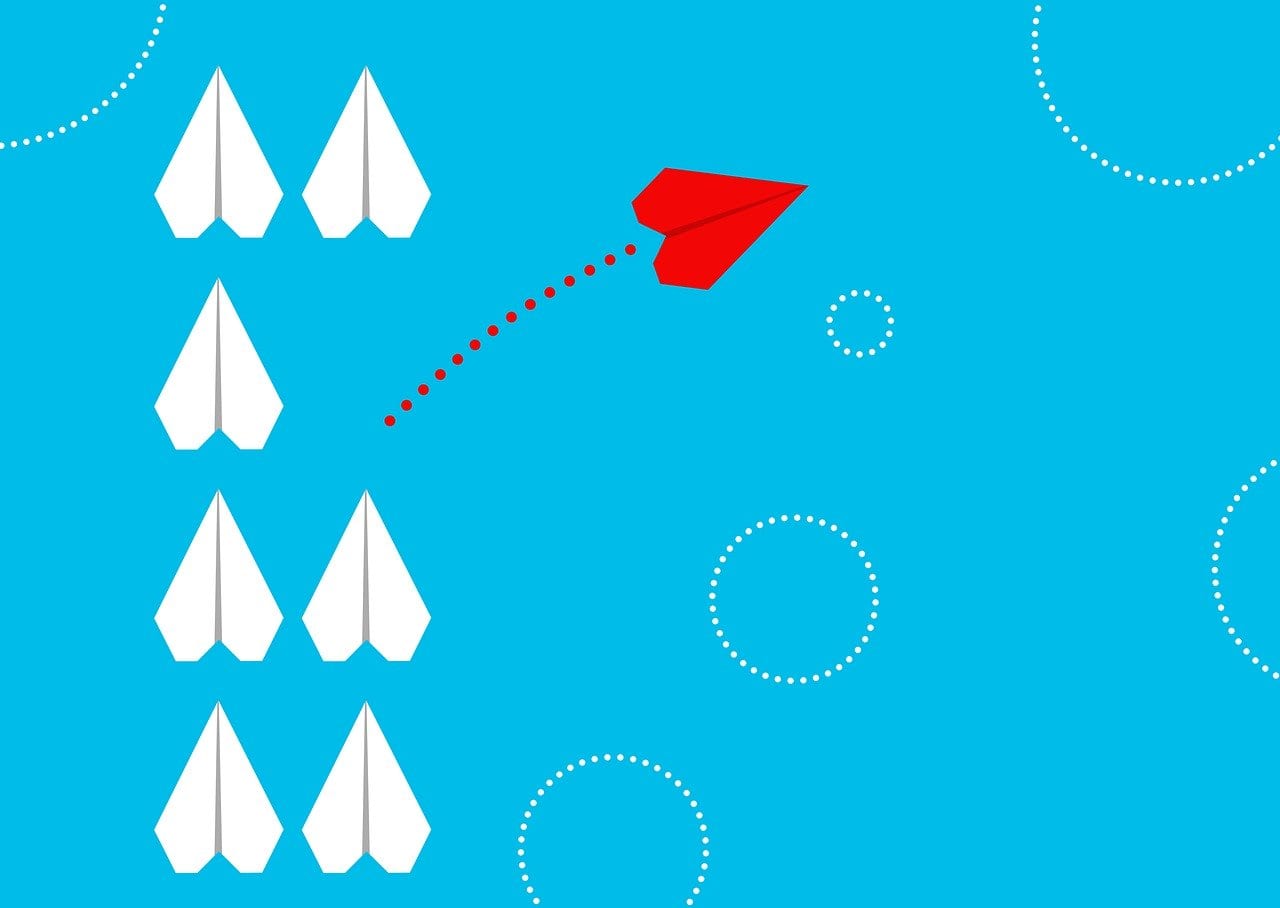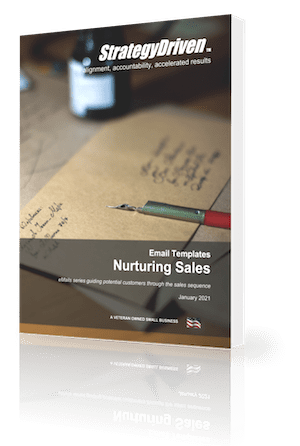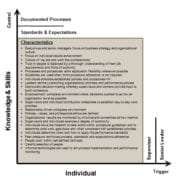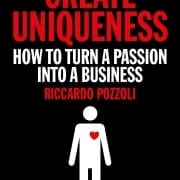How To Find Your Winning Business Idea

First up, if you already have a product on the market this lesson will be equally as important for you, because it’s going to get you thinking about your brand in an entirely new way, so definitely pay attention here.
Right now you’re probably thinking what do I even mean by a “problem first approach to ideation”. What I mean here, in its simplest state is that your product should be the solution to a problem and this is the very first thing to know before starting an e-commerce brand.
You’re not just creating a product, you’re solving a problem. Something that I’ve said time and time again: “The world doesn’t need more products”, so rather than asking yourself what product can I sell, instead ask yourself what problem can I solve?
By flipping this thinking on its head, from finding a product to finding a problem is important for several reasons. First up, if we’re thinking differently to others, we’re more likely to come up with something different and better than what’s already out there.
This method gives you the opportunity to find a better solution to the problem than other standard products on the market. Also if your product is solving an existing problem that your target market or customer already experiences, you know it’s going to add value and be of value to them.
Acing a problem-first approach will also make it easier down the track to create more products that make sense for your brand, because you’ll always have that starting point or brand vision to work from. In fact, coming up with a solution before you know the problem you’re solving can actually be seriously detrimental to innovation. Once you have a solution in mind, it’s really hard to shift from that, even if you know and you’ve got that it might not be the best possible one.
It’s a little like answering a question before you know what the question even was. Even if you take a good guess it’s always going to be a little bit off the mark. Identifying the problem that you want to solve before making your product will make sure that you never lose sight of what your brand is trying to achieve or end up with a product that does miss the mark.
Finding a problem and coming up with multiple solutions means that you’re better equipped to find the best possible product for your brand to sell. What we want to do here is find a problem that you already know exists or better yet you’ve experienced yourself. This is what I often refer to: “scratching your own itch”. That means you’ve felt the pain point yourself, so you’re better able to empathize with your target audience. Ideally, the problem that you’re looking to solve will be in an area that you’re passionate about – you want to be able to do it day in day out, for the foreseeable future.
Let’s use an example that I’ve spoken about before, I’m truly interested in protecting our shared environment for future generations. My interest in this might stem from the fact that my mom is it a little bit of a hippie, she’s taken to doing things like lining her bin with old newspaper instead of plastic bags, religiously takes her own plastic bags to the supermarket, etc. The huge environmental issue is our unprecedented production of waste and dropshipping products – both landfill and recyclable.
So the problem that my brand will solve is how to decrease waste from everyday disposable items. A good way of coming up with your solution here is by turning a problem into a question and your solution will be the answer to that question.
The question could be: How do I decrease waste from everyday disposable items? And one answer would be to make those items reusable and this is something that I do a lot when coming up with solutions – I come up with a problem and ask myself what the polar opposite of that problem would be?
Like I said, the opposite of disposable is reusable this is another strategy that you can use. So we have our problem – the waste from disposable everyday items and our solution making them reusable. Now we want to have a bit of a brainstorm around what some of these disposable everyday items could be, that we could make reusable. This is going to help us come up with some potential product ideas.
So, now let’s start thinking of some items that you use daily, are disposable that you could make reusable. First things that immediately come to mind: Erasers (shopify best sellers), tooth brushes, takeaway coffee cups or straws. Now you want to begin to have a think and do some research around each of these potential product ideas in terms of what you think has:
- biggest market potential
- competition
It’s important that they aren’t being done as well by other brands. You can fast forward and go for the item of areas which has the least market saturation (which in our case, from the items listed is the disposable straws).
Then we want to focus in and start to do some additional research around our problem and solution. We want to look at some facts and figures that you can focus on to highlight the problem of disposable straws. Apparently an estimated 500 million straws are used each day in the US alone – this is a powerful number and it can help you convince the customer the importance of making a change.
Then we want to highlight the fact that plastic straws cannot be recycled and they sit in our landfill for years or pollute our waterways. So, you’re starting to create a compelling reason for your prospective customer to switch to a reusable straw, by getting them to understand and even empathize with the problem.
If you’ve felt the pain point yourself, you’re not only going to be more motivated to solve it, but you’re actually going to be more equipped to solve it as well. If you ask yourself your problem as a question, your solution can be the answer or another approach is thinking of the polar opposite of your problem, for example: Disposable and reusable dehydration and hydration or in the case of SkinnyMe Tea (my brand if tea) toxins and detox.
If you’re stuck on ideas you can look at websites like trendhunter or Kickstarter, for example. On trendhunter you can search according to a category you’re interested in:
If you’re interested in health and wellness, then you can go into the health category and maybe look at some of the top trends for that month in the health and wellness space or you can see if anything really catches your eye.
For me obviously if detox teas was written down, I would have found that really interesting and I would have tried to think about some of the ways that I could solve that problem differently to what was already being presented.
Another good place to do some research once you have a general idea is Pinterest. You can type in things like: “the benefits of hydration” or “dehydration” or “detox tea recipes” and look at some of the DIY tips and trends there. As an action item I’d like you to come up with five broad problems that you’re looking to solve.













Leave a Reply
Want to join the discussion?Feel free to contribute!